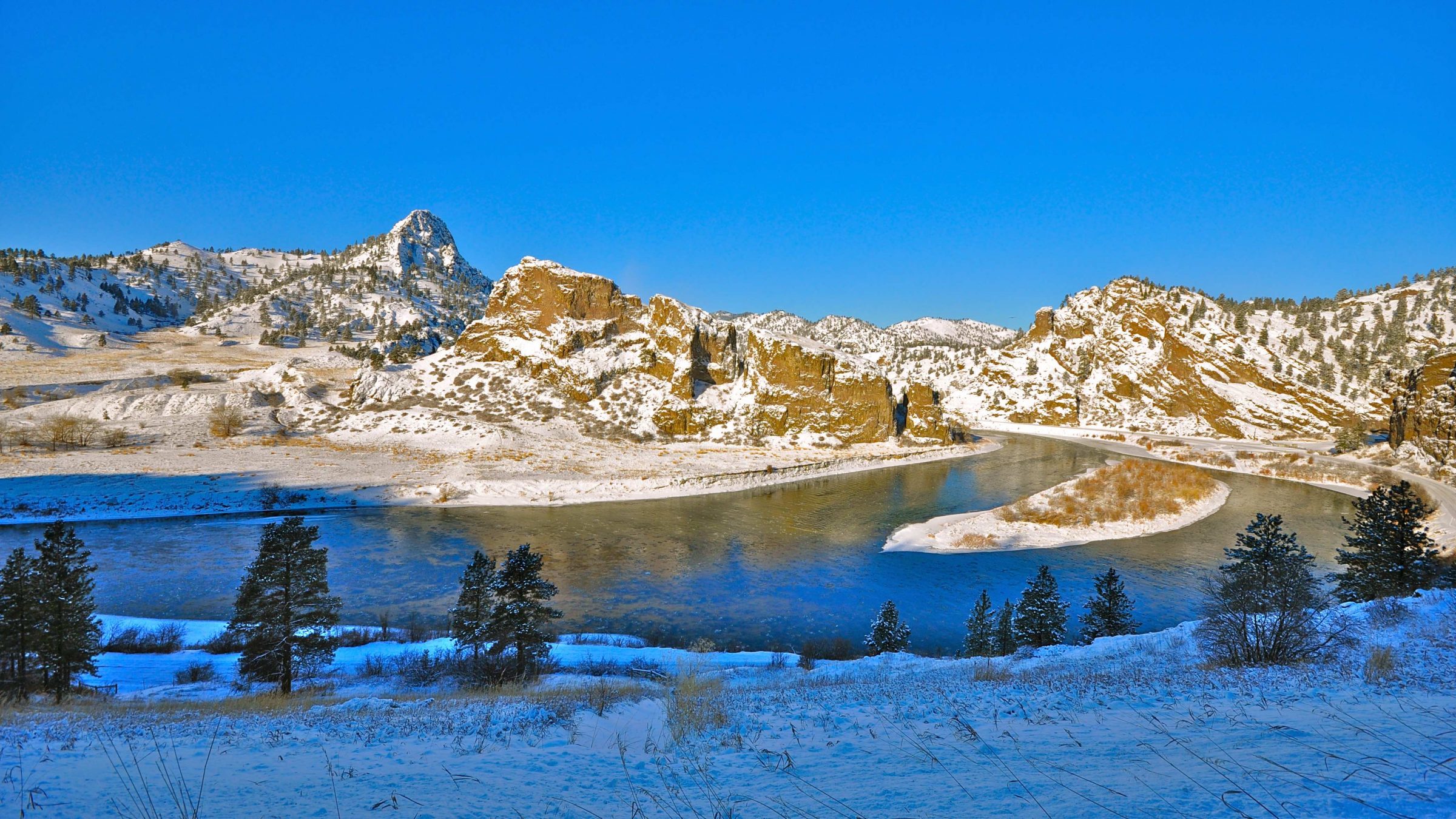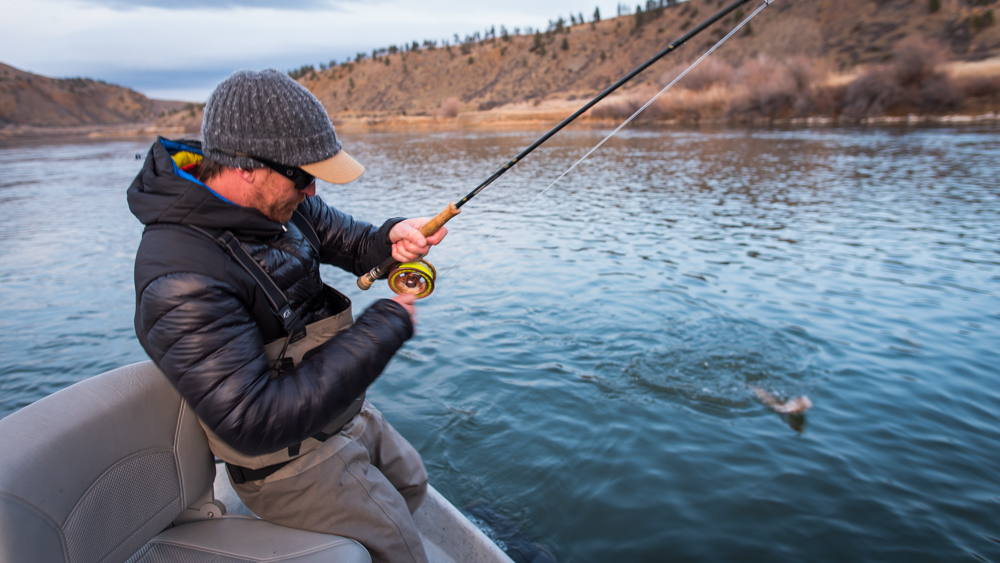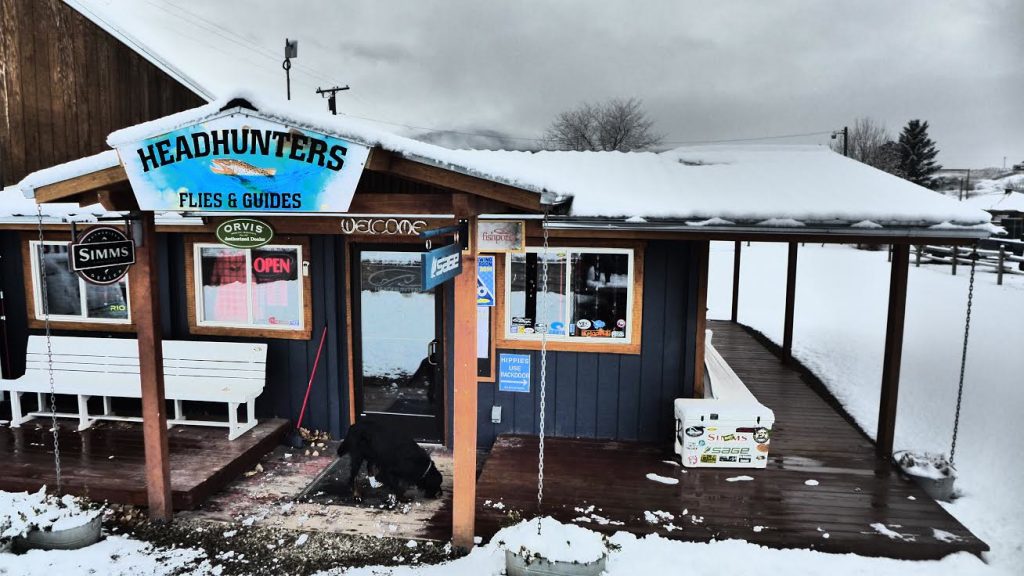Missouri River Winter Nymph Fishing Success
Shane again with today’s Headhunter’s blog post. We’re starting to see some more consistent warmish weather roll in, and it’s definitely bringing people to the river. I was able to get out last week and do some fishing with my wife, Kelli, and we had some good nymph fishing in that typical but reliable winter nymph water.
But, what is that?
I don’t want to say slow and boring because once you’re in it the angler soon finds that it is far from boring, but that is exactly the water type you’re looking for. Think the opposite of summer. The takes were subtle, but with a few pointers, Kelli was able to understand that subtlety and what she was looking for. So with winter water temps still present, warmer days on the horizon here are my three pointers for increased winter nymphing success.
Shane’s Top 3 Tips to Missouri River Nymphing Success
- Look for the right water. Slow inside bends with depth. If you’re on the straight aways, look for the tanky buckets or the ledges in the soft water. Once you find one fish, more should follow. Push through any summer type water or let it roll and see what happens. But the goal in mind is to get through it. We did get some in the fast(ish) stuff, but be aware that that is not th primary type of water you are looking for. Don’t get hung up on that speed! Move through it.
- Think Deep. I think depth is the next crucial aspect of the winter nymph game. Deep! In anticipation of writing this, I actually measured the depth of the rig we were using, as I normally eye ball it and step it off in one foot increments. I wanted to see exactly how close I was, and I wanted to be 7 feet to split. Actual measurement was 81 inches bobber to split with an overall depth of 9 feet. In short, I want to be 6 to 7 feet to split; however, because of the water type you’re fishing split is optional. Just have 8 to 9 feet of total depth from indicator.
- Lead your bobber. Once you think you’ve found the water and the depth is right, wait for the subtle eat. To increase your chances of detecting the eat, lead the bobber with a slight amount of tension on the fly line. While the completely drag free drift is not a bad thing, sometimes in winter it is better to have a slight amount of fly line leading or on the downstream side of the indicator, about 12-16 inches will do. Mend accordingly, just leave that little loop.
These are a few tips that I keep in mind when winter nymphing. If you are not getting them to eat the fly, look at these components of the game. One of them may be out of whack. Adjust accordingly for the water type, the depth, and your drift.
When these things come together, get your net!




